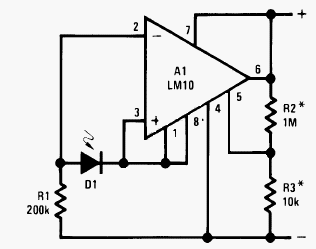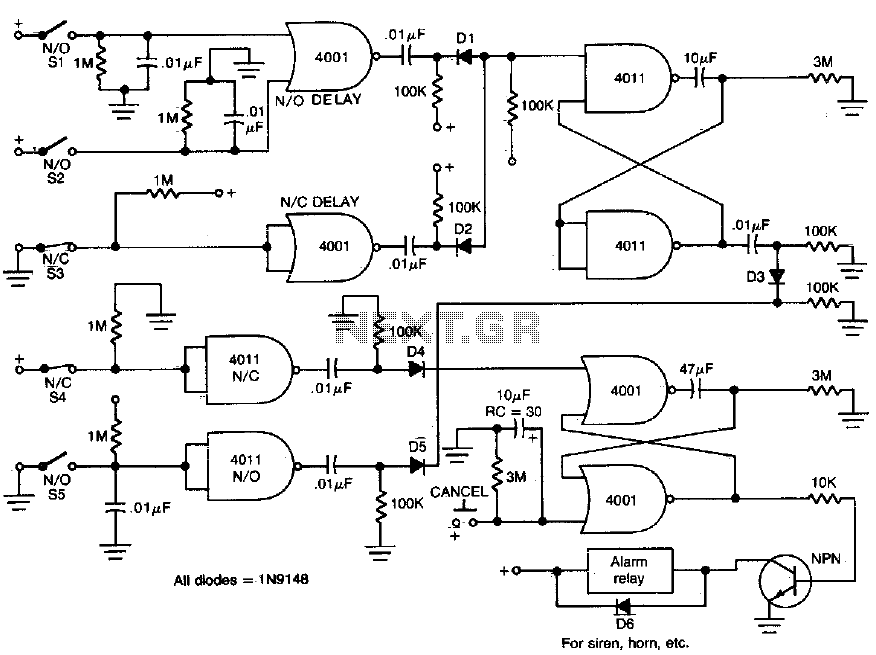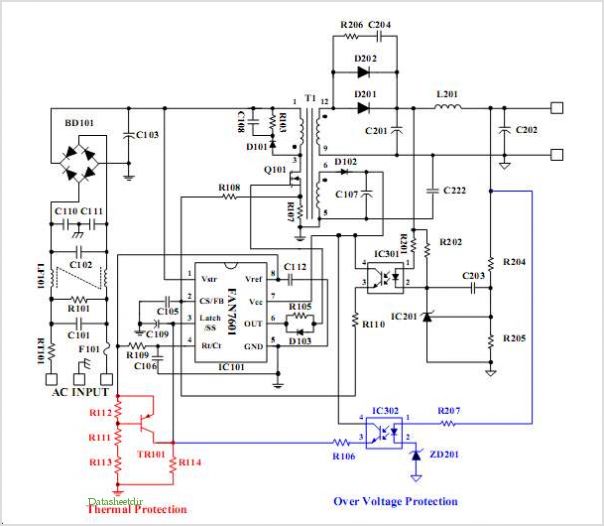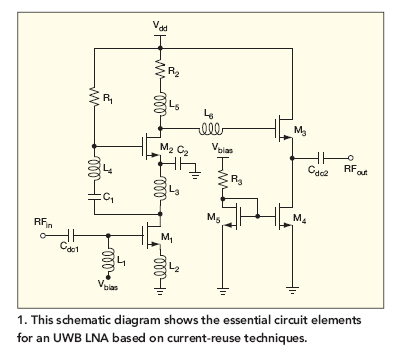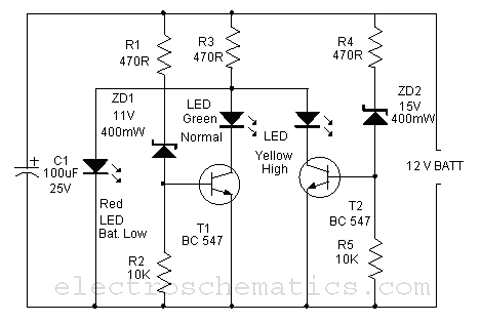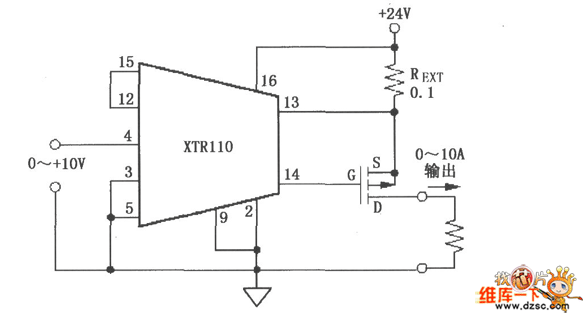
ISOLATED AC CURRENT MONITOR
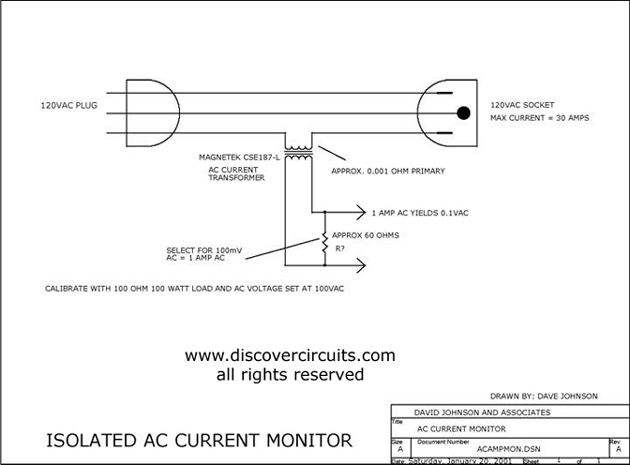
This circuit utilizes a small AC current transformer from Magnetek to generate an isolated voltage that is proportional to the AC current flowing through the primary winding.
The AC current transformer operates on the principle of electromagnetic induction, where the primary winding, through which the AC current flows, creates a magnetic field. This magnetic field induces a proportional voltage in the secondary winding of the transformer. The isolation provided by the transformer is crucial for safety and performance, as it separates the measurement circuit from the high-voltage AC line.
In a typical application, the primary winding is connected in series with the load whose current is to be measured. The secondary winding, which produces the isolated voltage output, is connected to a measurement device, such as an analog voltmeter, a microcontroller's analog input, or a signal conditioning circuit.
The output voltage from the transformer is typically a low-level AC signal that may require further processing. This can involve rectification to convert the AC signal to a DC signal, followed by filtering to smooth out the output and amplifying to a usable level.
It is essential to select the appropriate turns ratio of the transformer to ensure that the output voltage is within the desired range for the measurement system. Additionally, the frequency response of the transformer should be considered, as it affects the accuracy of current measurement across different frequencies.
Overall, this circuit configuration is widely used in various applications including power monitoring, energy management systems, and protective relaying in electrical installations. Proper design and implementation of this circuit ensure accurate measurement of AC currents while maintaining electrical isolation and safety.This circuit uses a small AC current transformer from Magnetek to produce an isolated voltage proportional to the AC current in the primary winding 🔗 External reference
The AC current transformer operates on the principle of electromagnetic induction, where the primary winding, through which the AC current flows, creates a magnetic field. This magnetic field induces a proportional voltage in the secondary winding of the transformer. The isolation provided by the transformer is crucial for safety and performance, as it separates the measurement circuit from the high-voltage AC line.
In a typical application, the primary winding is connected in series with the load whose current is to be measured. The secondary winding, which produces the isolated voltage output, is connected to a measurement device, such as an analog voltmeter, a microcontroller's analog input, or a signal conditioning circuit.
The output voltage from the transformer is typically a low-level AC signal that may require further processing. This can involve rectification to convert the AC signal to a DC signal, followed by filtering to smooth out the output and amplifying to a usable level.
It is essential to select the appropriate turns ratio of the transformer to ensure that the output voltage is within the desired range for the measurement system. Additionally, the frequency response of the transformer should be considered, as it affects the accuracy of current measurement across different frequencies.
Overall, this circuit configuration is widely used in various applications including power monitoring, energy management systems, and protective relaying in electrical installations. Proper design and implementation of this circuit ensure accurate measurement of AC currents while maintaining electrical isolation and safety.This circuit uses a small AC current transformer from Magnetek to produce an isolated voltage proportional to the AC current in the primary winding 🔗 External reference
